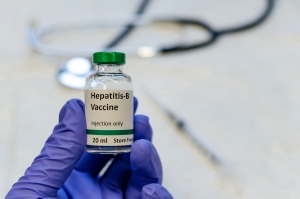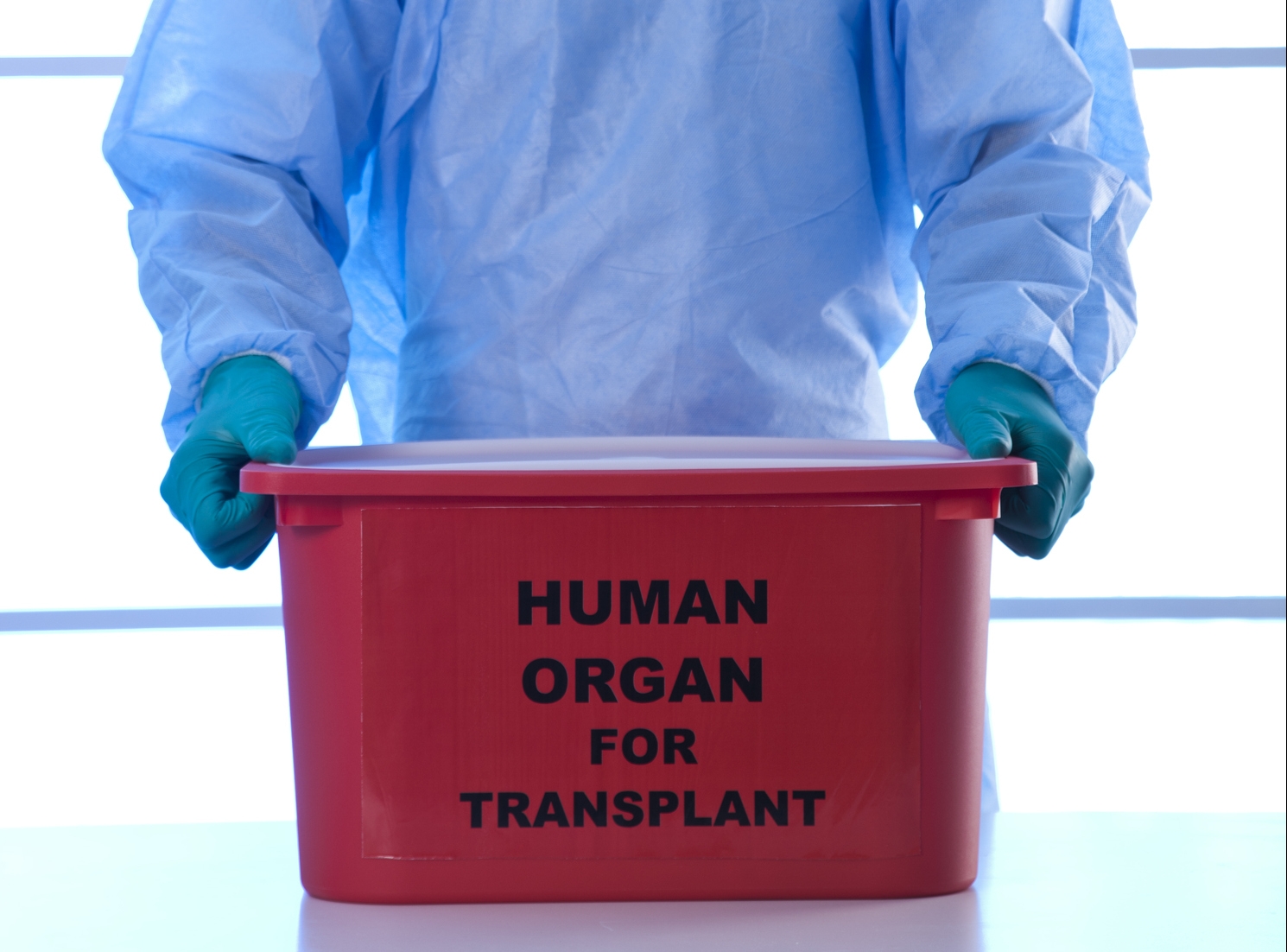By Sridhar Basavaraju, MD, FACEP, CDR-USPHS and Heather Ewing Ogle, MA, MPH
In the United States, there are approximately 90,000 patients with end-stage renal disease waiting for a transplant. For those patients, a kidney transplant could substantially improve their quality of life. Unfortunately, an organ offer may not be available for every patient in need because of the length of the waiting list.
With guidance from the Centers for Disease Control and Prevention (CDC), the U.S. Public Health Service released a new guideline in 2020 that may increase the number of available organs for those in need of a transplant. The recommendations in the new guideline reflect recent improvements to organ donor screening technology for HIV, hepatitis B, and hepatitis C. The guideline will help patients and their healthcare providers feel confident that increased safety measures are in place so that all usable organs can be transplanted safely.
New Testing Requirements
The new guideline has the following recommendations for rigorous testing of organ donors and recipients for HIV, hepatitis B virus, and hepatitis C virus.
All organ donors (living and deceased) should be tested:
- Before organ transplant
All organ recipients should be tested:
- During the transplant medical evaluation process
- Shortly before transplant
- 4-8 weeks after transplant
The new guideline recommends that the most accurate licensed or approved tests be used for all organ donors. These tests are nucleic acid tests, sometimes called NAT, and they are very accurate.
New Testing Recommendations Improve Patient Safety
The new testing recommendations for organ donors and transplant candidates have a number of benefits for patient safety. Using the most accurate licensed tests means that if an organ donor has HIV, hepatitis B virus, or hepatitis C virus infection, it is very likely it will be detected before transplant.
In the very rare case that an infection spreads from an organ donor to an organ recipient during a transplant, healthcare providers following the new testing recommendations will identify this infection promptly so that treatment can begin immediately. Highly effective therapies have been developed for HIV and hepatitis B virus, and a cure for hepatitis C virus is available.
Hepatitis B Vaccination
The new guideline suggests that during the transplant medical evaluation process, healthcare providers should assess each patient’s hepatitis B vaccination status. When possible, transplant healthcare providers can use hepatitis B vaccination in addition to previously described testing to reduce the risk of infection from donors to recipients.
each patient’s hepatitis B vaccination status. When possible, transplant healthcare providers can use hepatitis B vaccination in addition to previously described testing to reduce the risk of infection from donors to recipients.
Understanding Risks and Benefits
The chance of getting HIV, hepatitis B virus, or hepatitis C virus infection through a transplant is very low. With the new testing recommendations, any HIV, hepatitis B virus, or C virus infection as a result of transplant will be quickly identified so therapy may begin.
It’s important for transplant patients to have individual risk and benefit conversations with their healthcare team. Studies have shown that patients who accept organ offers, regardless of the history of the donor, have a higher chance of survival than those who decline organ offers. In some cases, patients who decline an organ offer may not receive another offer, may be too sick to accept another offer, or may receive an offer from a donor with a similar history.
For additional information, visit cdc.gov/transplantsafety.




